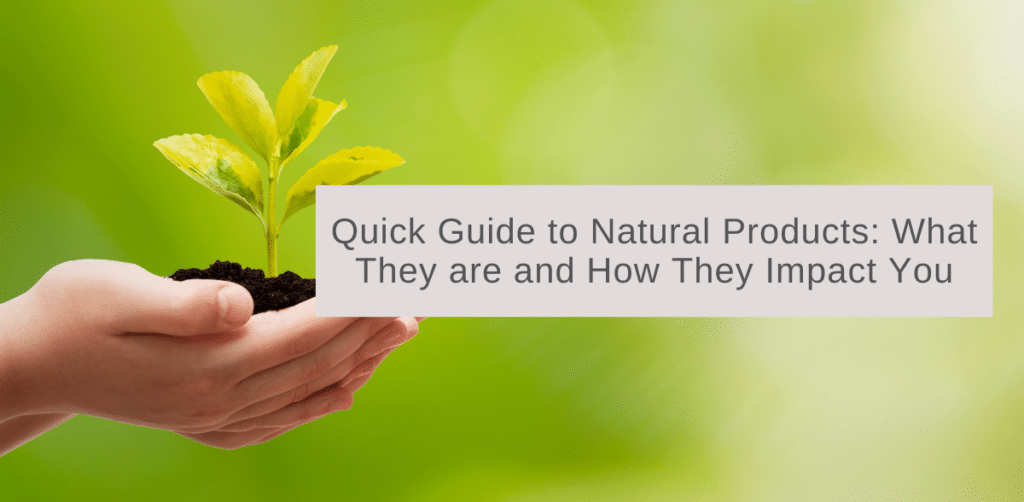Summary:
This Earth Month we at InVivo Biosystems are thinking about how we utilize Earth’s resources in biomedicine – from animal systems that enable us to model a patient’s disease or gene mutation, to natural products which can act as therapeutics, we have a lot to be grateful for.
Often when thinking about celebrating Earth Month, people talk about the beautiful places around the world and unique animals that we coexist with and want to protect. However, as researchers in the field of biomedicine we are not only indebted to the Earth for animal models, but also for the natural products (NP) that we source – as these compounds have become the basis for our vast majority of pharmaceuticals (not to mention nutraceuticals).
Natural products are bioactive compounds derived from natural resources, most predominantly plants (Koparde, Doijad & Magdum, 2019). By screening these NPs, a wide diversity of multidimensional chemical structures can be identified and elucidated which can result in the discovery of new therapeutics [Figure 1].

Fig. 1: Outline of traditional bioactivity-guided isolation steps in natural product drug discovery (Atanasov et al., 2021).
You may not realize that many of the products you are already familiar with are naturally derived products. For example, commonly-used medicines that are derived from plants include aspirin (willow tree bark), digoxin (Digitalis lanata flower), and morphine (opium) (Mathur & Mathur, 2017). In fact, of all the new chemical entities approved as drugs between 1981 and 2016 nearly half of them (549 drugs) were derived from natural compounds (Lautié, Russo, Ducrot & Boutin, 2020).
While NPs have a long-standing history in drug development, recent advances in technology have revitalized the field, enabling researchers access to better analytics, and test compounds on genetically engineered models.
Future Directions
Pharmaceutical research is infamous for being highly competitive, with high cost and high rewards for new drugs. NPs offer a way for drug developers to find the next potentially groundbreaking therapeutic – meaning large profits and profound impacts on human health. This being said, it is an exciting time in drug development, particularly for research into how to tackle antimicrobial resistance as much about human microbiome composition is still unknown, and in cancer treatments, as NPs have been shown to trigger immune responses to cancer cells (Atanasov et al., 2021).
To read more about the microbiome and advances in personalized medicine read our recent blog.
References:
- Lautié, E., Russo, O., Ducrot, P., & Boutin, J. A. (2020). Unraveling Plant Natural Chemical Diversity for Drug Discovery Purposes. Frontiers in pharmacology, 11, 397. https://doi.org/10.3389/fphar.2020.00397
- Atanasov, A.G., Zotchev, S.B., Dirsch, V.M. et al. Natural products in drug discovery: advances and opportunities. Nat Rev Drug Discov 20, 200-216 (2021). https://doi.org/10.1038/s41573-020-00114-z
- Koparde, A. A. , Doijad, R. C. , & Magdum, C. S. (2019). Natural Products in Drug Discovery. In S. Perveen, & A. Al-Taweel (Eds.), Pharmacognosy – Medicinal Plants. IntechOpen. https://doi.org/10.5772/intechopen.82860
- Mathur, S., & Mathur, S. (2017). Drug development: Lessons from nature (Review). Biomedical Reports, 6, 612-614. https://doi.org/10.3892/br.2017.909
Discover the future of medicine through our comprehensive drug discovery and development services. Reach out to us today and take the first step towards revolutionizing healthcare.



